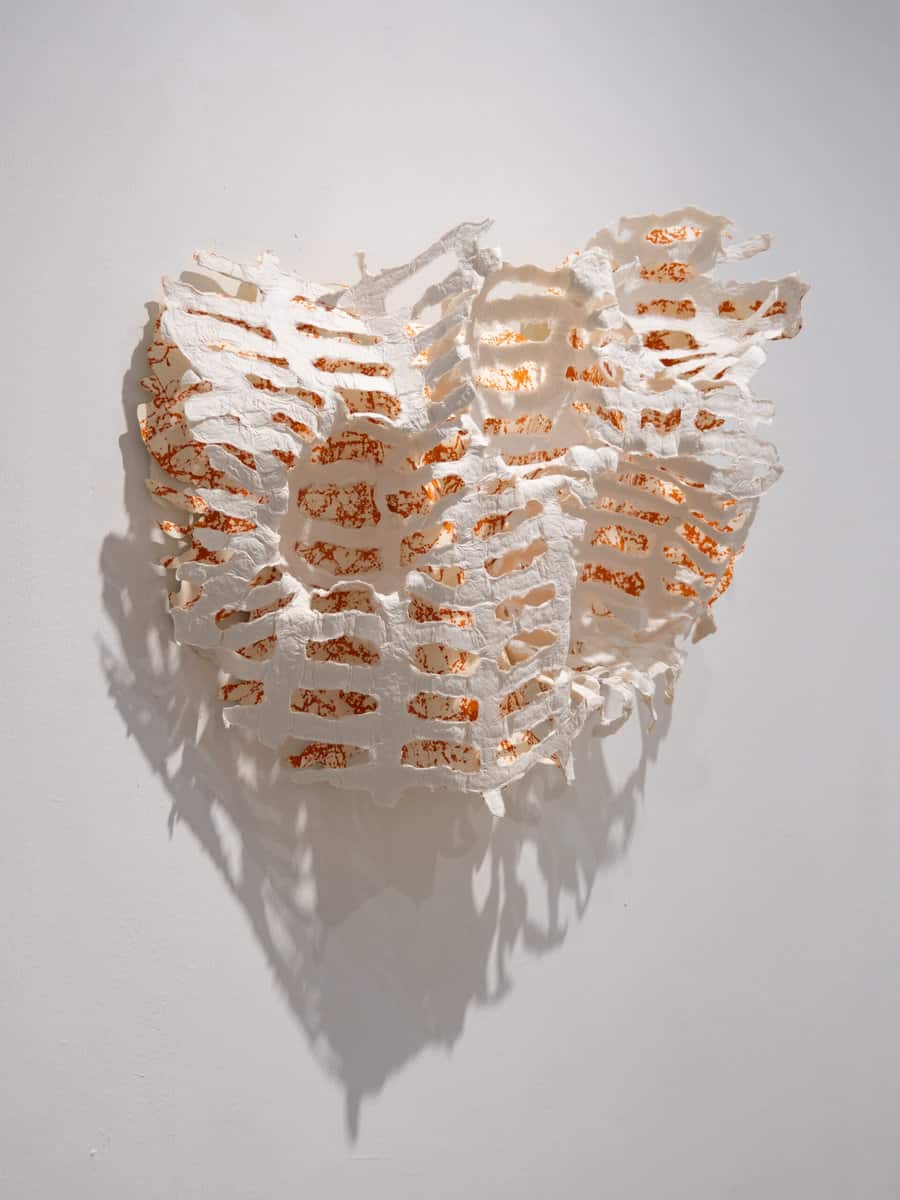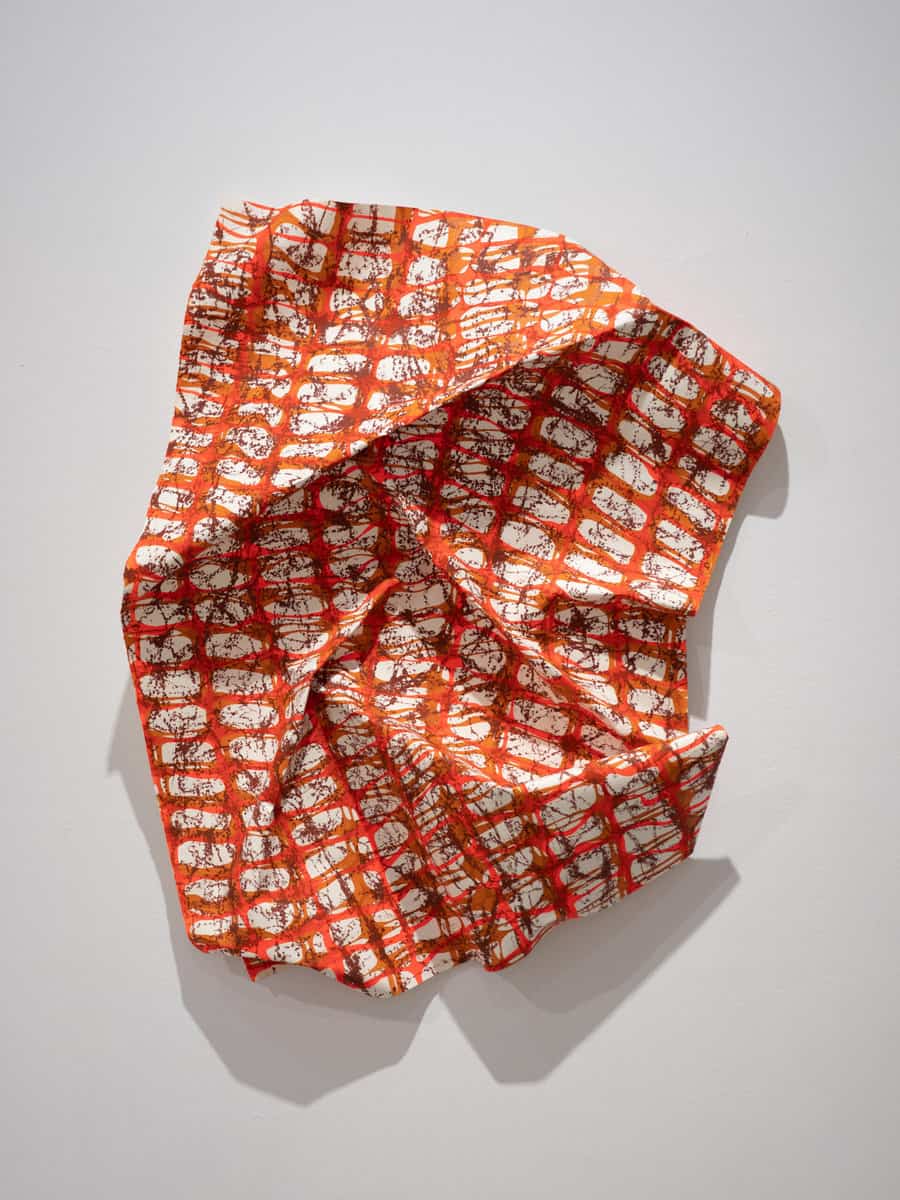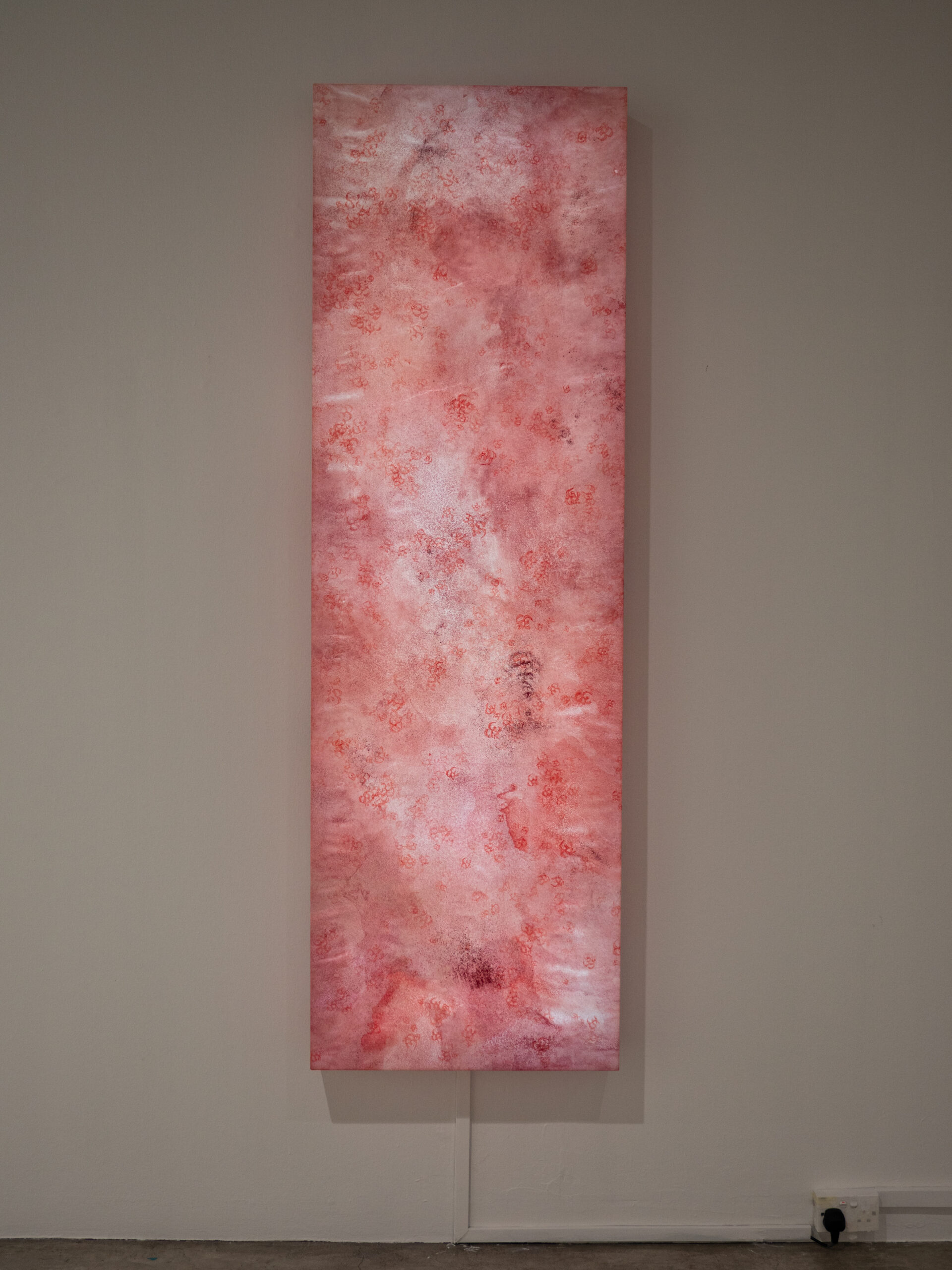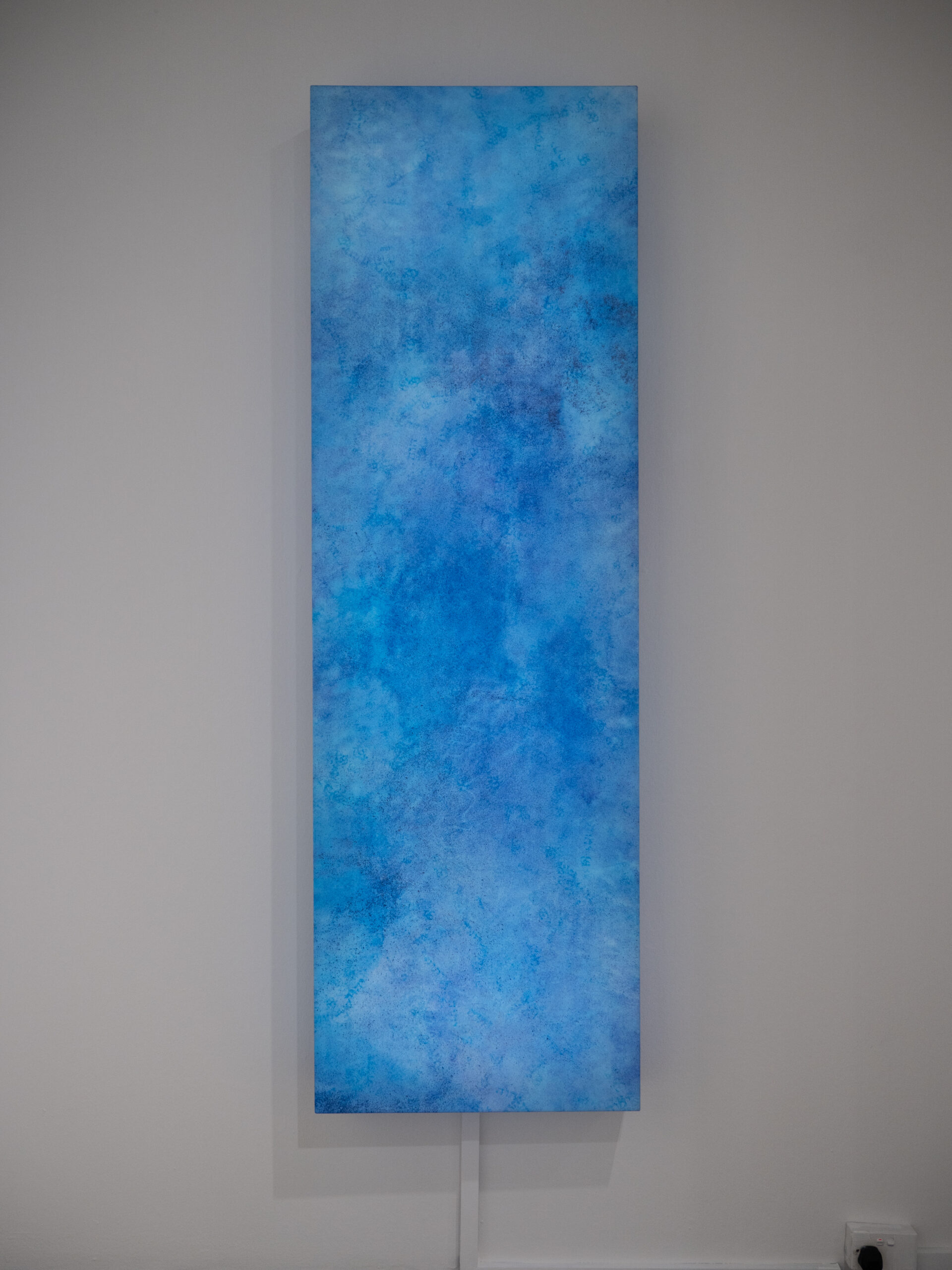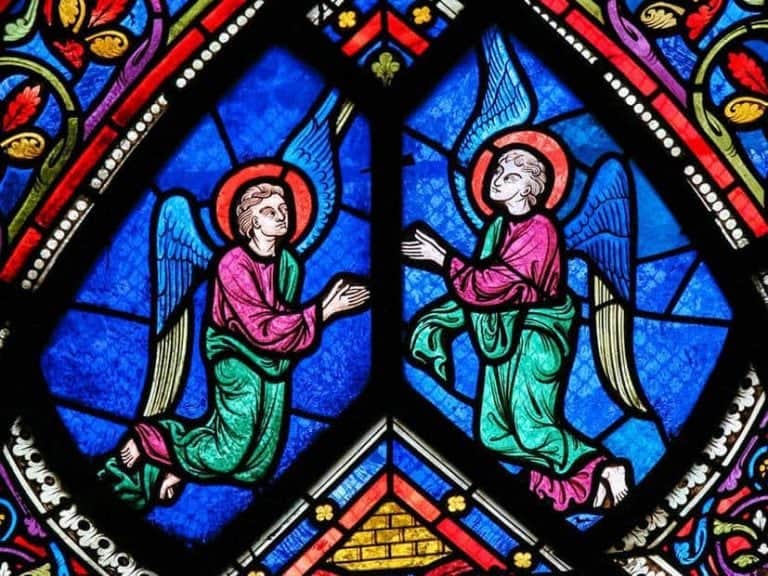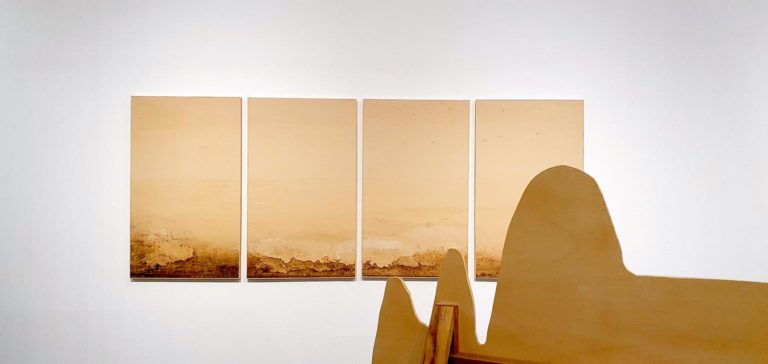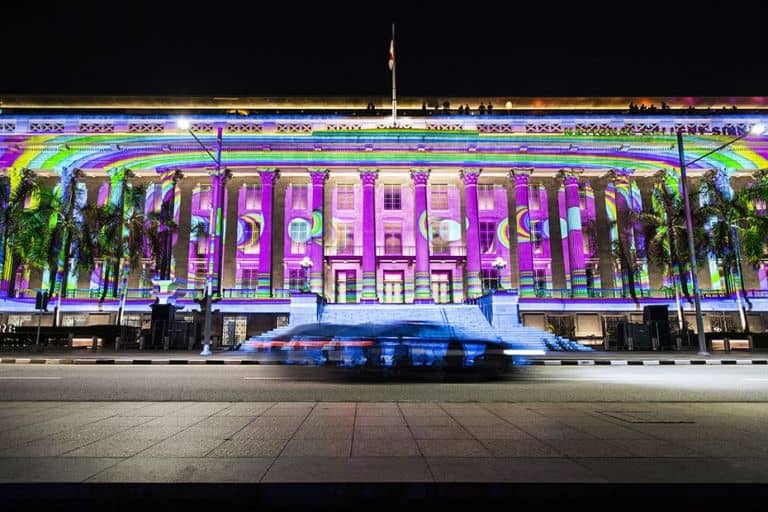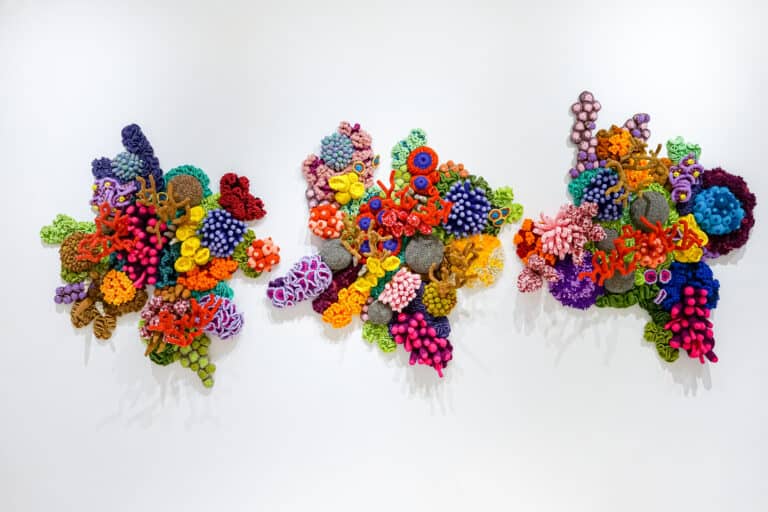In the two decades since STPI – Creative Workshop & Gallery (STPI) first set up shop along the Singapore River, the institute has stayed faithful to just the mediums of print and paper.
This doesn’t seem remarkable in itself, until we consider how it’s quite unlike other spaces for contemporary art, an enormity that admits to its ever-expanding ranks practically every medium, material or mode of creation that it encounters. In an era where cutting-edge ideas are often valued over techniques, it looks almost old-fashioned to focus solely on print and paper.
But with this year’s Annual Special Exhibition at STPI, you’ll be hard-pressed to find works that conform to what one would conventionally associate with printmaking — two-dimensional, highly reproducible mass imagery.
Instead, step in and you’ll encounter a set-up that looks just like a contemporary art gallery. To the right, strips of paper hang loosely on the wall in post-minimalist fashion. An assemblage of transparent acrylic boxes rises from the ground like a phantom city. Behind it hangs a sheer white curtain that lends the atmosphere a quiet theatricality.
Anni Albers’ story
Guest-curated by Khai Hori, director of Chan + Hori Contemporary, the exhibition takes its title, Second Movement, from a 1978 series of prints by the German artist Anni Albers. Each patterned like a warped checkerboard, or perhaps, a deftly woven square of fabric, Albers’s prints are nestled in a blue-walled section towards the centre of the gallery space.
But what does Anni Albers (1899-1994), a Bauhaus modernist, have to do with the 20 other contemporary artists and former STPI residents whose works compose the rest of Second Movement?
For forty years, Albers had worked with weaving and designing textiles — it was only through Ken Tyler’s facilitation that she made the momentous switch to printmaking. Like Albers, the artists in the show had already found their voices in other media before taking up residence at STPI. Working with skilled technicians gave each “artistic polyglot” the opportunity to “grasp and communicate with a foreign tongue”, as Khai eloquently puts it in the catalogue essay.
Second Movement spotlights this notion of progression or transposition from one medium to another. In a musical composition, the second movement is a “self-contained element”, explained Deborah Lim, who led the press tour on Khai’s behalf. “It works on its own, is a continuity from the first movement, but is not less than it. It adds on, it gives you what Khai calls the expansiveness of the artist’s practice.”
Explorations of enduring interests
Each work might be read as a variation on the themes and motifs that animate the artist’s pre-existing practice. This calls for a bit of extra research on the viewer’s part, but it’s nothing that a quick Google search can’t call up. In fact, it forces us to pay attention to the basic fact — one often effaced in the clinical isolation of the white cube — that every artwork belongs to a larger oeuvre and a broader context.
If you’re familiar with Rirkrit Tiravanija’s practice, for instance, you might recognise echoes of his iconic participatory installations — in which he served rice and Thai curry to gallery visitors — in the 3D-printed bowl of noodles that sits on a reflective pedestal before a large, screenprinted circle of silvery, metallic foil mounted on handmade paper.
Humorously titled Second chapter: be sure to pack the toothbrush, eat Curry noodles through the wormhole, the installation grew out of Rirkrit’s exploration of time during his 2013 residency at STPI. That is, time, not as a linear sequence of events, but as a “supple material capable of transformation” and a “kind of topsy-turviness”.
As with his other projects, notions of “high” and “low” art collide in Second chapter, where metaphysical ideas about time and the limits of human perception are refracted through the prism of popular culture. The shimmery surfaces in the installation refer to a line from a Spongebob Squarepants episode: “Everything is chrome in the future.”
The title Second Movement thus positions each work as an extension of the artist’s abiding obsessions. Han Sai Por, whose monumental marble and granite sculptures won her the 1995 Cultural Medallion, first started working with paper pulp during her residency at STPI in 2013.
Since then, the artist has continued experimenting with this malleable medium — her recent installation at the Esplanade, Microorganisms Landscapes, is a splendid testament to how encountering a new medium might open up new trajectories within an existing field of interest.
Expanding ideas of printmaking
The idea of “movement” also speaks to the development of technical expertise at the creative workshop. At Rirkrit’s request, the artisans at STPI experimented with 3D printing for the first time. By incorporating this typically industrial process into a work of contemporary art, Second chapter asks: What, exactly, constitutes a print?
In fact, nearly all of the works in the show defy the two-dimensionality of print. Jason Lim’s cast and screenprinted paper sculptures Making the Feeling Disappear 2 and 5 betray his sensitivity to three-dimensional space and form as a ceramic artist.
Zul Mahmod’s engraved and laser-cut acrylic sculpture, Spaces Within Time 2, emits a high-pitched frequency which varies as the viewer approaches it. By incorporating interactivity and sound, Zul’s work shatters the staid idea of flatness that we might associate with print.
This spirit of boundary-pushing within the visual language of printmaking threads through the show, making it a compelling one. Rather than framing a “movement” as the latest shift in a radical succession of disruptions (as the history of modern art has), Second Movement reveals how an artist’s formal and conceptual inclinations might catalyse unexpected approaches to age-old techniques of print and papermaking. As Khai writes in the catalogue,
“However subtle, distinct shifts in a similar direction may eventually form a wave.”
Shirazeh Houshiary’s The River is Within Us marks one of many “shifts” in the realm of contemporary printmaking. “I set out to capture my breath, to find the essence of my own existence, transcending name, nationality, cultures,” said the London-based Iranian artist.
Translucency and opacity, stability and disintegration, light and darkness coalesce in her oeuvre, bleeding into the pair of lightbox-encased prints that we see in the show. As many as 50 proofs had to be printed before the artist and team managed to get the right density to create these luminous, fleshlike textures.
British sculptor Richard Deacon brings his signature language of abstraction to Housing 2, 9 and 16, imbuing his sculptures with a sense of monumental weight — even with a material as delicate as handmade paper. To create these lavishly patterned surfaces, the technical Workshop team experimented with marbling for the first time.
Unlike its previous special exhibitions which have been curated thematically or as solo shows, Second Movement draws our attention to the intricacies of the medium. Nowhere is this clearer than in Ryan Gander’s Meaning is without nothing, which self-reflexively scrutinises the processes of printmaking.
Gander’s two plinths look like they’ve been carelessly blemished with traces of tape and paint. However, they were meticulously screenprinted to resemble the stains in the workshop, which the artist caught sight of from the vantage point of his wheelchair. Like Gander’s piece, Second Movement surfaces the marks left behind by the processes of trial and error — the little things that add up to groundbreaking shifts within a medium.
Final thoughts
Second Movement is a show worth catching, especially if you’re an artist yourself. Revel in the sumptuous possibilities that materials offer to the creative mind, as the joy of working with print and paper is pressed into each of the works.
The show is also a rare opportunity to check out the works of Anni Albers, a pioneering artist who wove between the worlds of “art”, “craft” and “design”.
When I asked Khai about these intersections in contemporary art, he wrote, “Intersections are a great place to be found at. However, the perpetuation of traditional classification and categorical limitations of art are becoming rather tiresome in today’s highly fluid world.”
Second Movement unites technical expertise — something that we often relegate to the “applied arts” — and creative expression, revealing the interdependence of artists and artisans, of the individual’s vision, and a collective desire to discover new frontiers in the unique language of print and papermaking.
“This unconscious yet collective attitude, of artists pushing technicalities and conceptual boundaries of printmaking, to me is ‘second movement’,” Khai explained in our email interview. “They denounce the malicious stereotype of print as inferior.”
____________________________________
Annual Special Exhibition: Second Movement runs from 11 June – 7 August 2022 at STPI – Creative Workshop & Gallery. Click here to find out more.
Featured image courtesy of STPI – Creative Workshop & Gallery.







